TAG Precision—American-made RMR Plate for Kimber
For users of optics-ready Kimber 1911 and 2K11 pistols, TAG Precision has announced…
For users of optics-ready Kimber 1911 and 2K11 pistols, TAG Precision has announced…
Fountain Valley, CA—SureFire, LLC, manufacturer of the world’s finest—and most innovative—illumination tools and…
Shinenyx—creators of a cutting-edge fusion of digital night vision and thermal imaging technology—has…
All shooting is a balance between speed and precision. By that I mean you can…
The Mod-Navy Qual I’ve been doing this qual (or drill, or whatever the current nom…
• Built for road trips and off-road use• Manual transmission equipped• Wrapped in MultiCam Arctic…
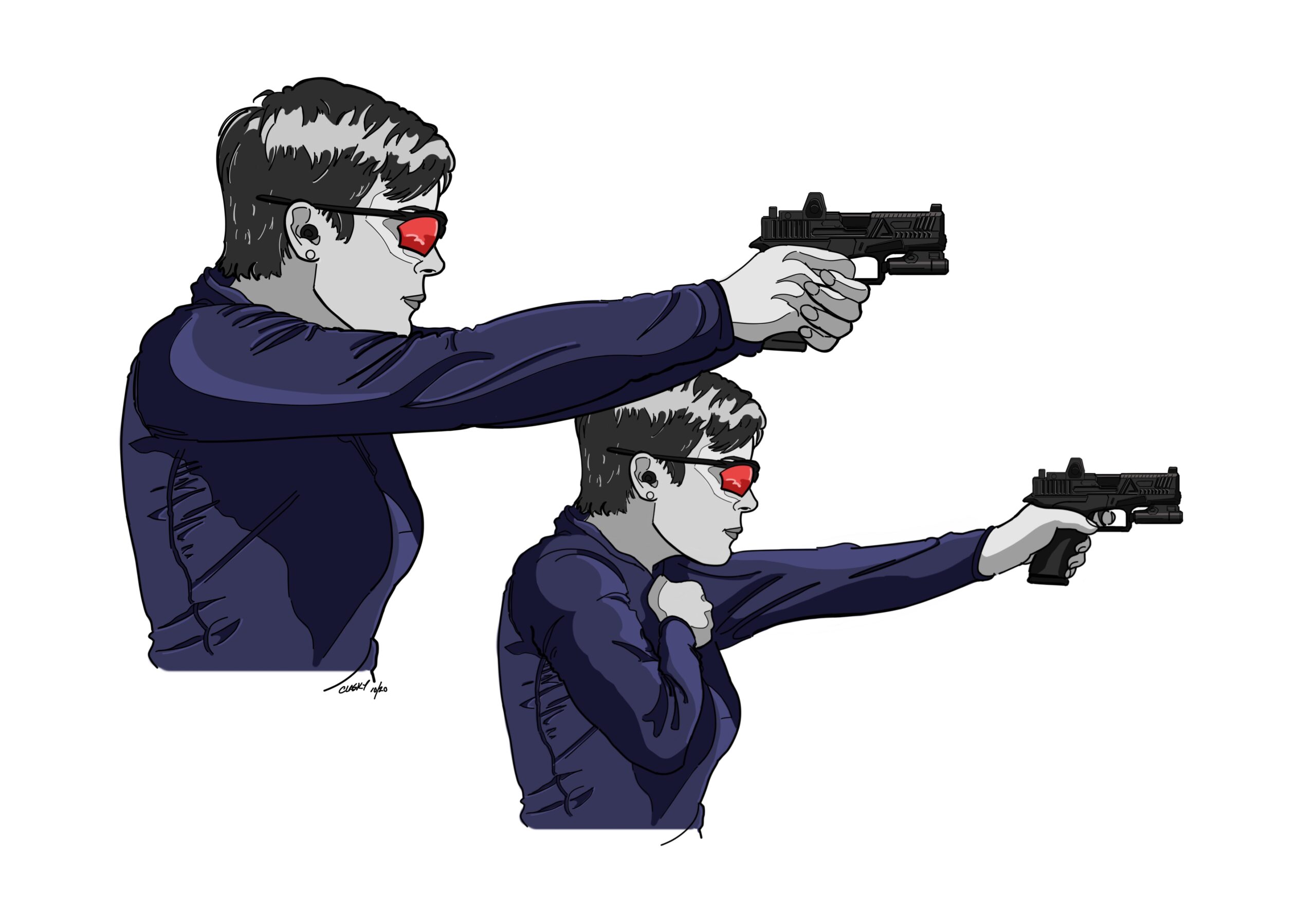
The Compass Drill is designed to be a “balancing act” exercise intended to even out how your body and brain interface with the pistol in both the right and left hand. This is an exercise I introduce to newer shooters as soon as they grasp the essentials of safely handling and functioning the gun. By working ambidextrous drills like this early on in the training experience, new shooters tend to avoid the learned fearful bias against one-hand and support-hand shooting.
This drill requires a newer shooter to mentally shift gears between tasks to ensure correct grip structure, trigger finger discipline, and muzzle awareness are established before he or she presents on target and begins to shoot. For more experienced shooters who tend to lean heavily on two-handed, dominant-side-only practice, the Compass Drill provides a number of detail-oriented explorations of ambidextrous work with their pistols.
Focus and emphasis are placed on variations of grip position and pressures to achieve maximum stability, variations on the interface with the slide lever and magazine release, and experience in what it looks and feels like to become cross-dominant at different “compass points” within the drill.
This drill can be used for practice, for precision, or for speed and score based on the shooter’s experience level, and it makes for an excellent warm-up exercise at the range.
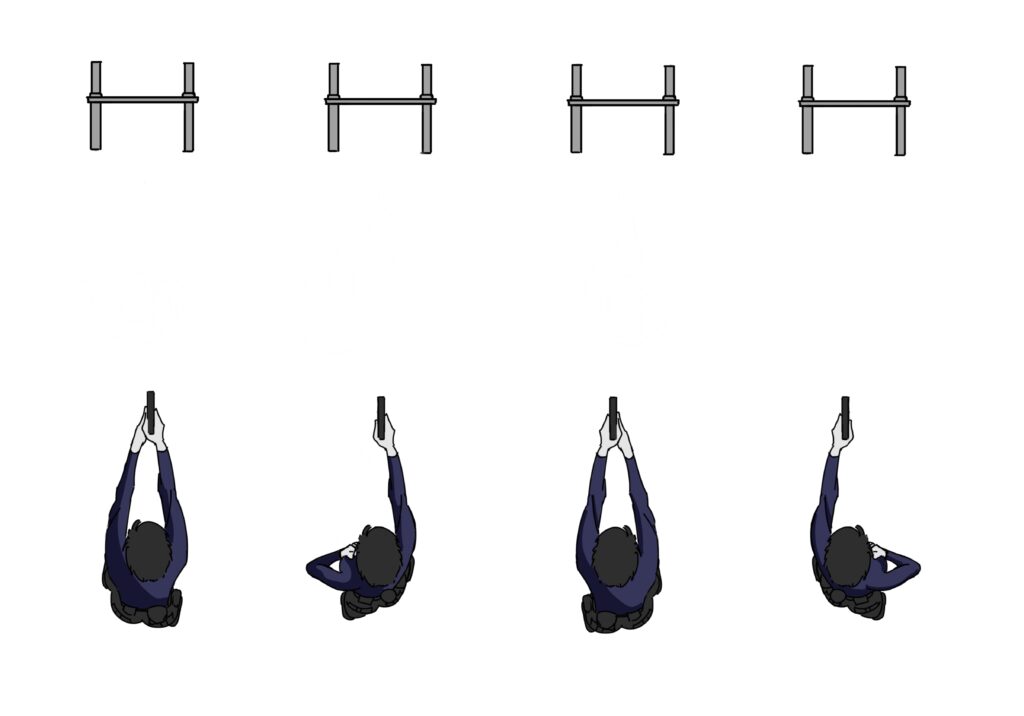
With a magazine of 4 rounds, make ready and holster.
North
Draw, establish your dominant-side-standard, two-handed grip and fire 1 round.
East
Release your support hand and bring it to your heart, fire 1 round, dominant hand only.
South
The inverse of North (aka southpaw), pass the pistol to your support hand and establish a reverse grip, fire 1 round.
West
Release your new support hand and bring it to your heart, fire 1 round, non-dominant hand only.
Reset
Perform a slide lock reload from your non-dominant hand, pass back to dominant hand, and holster.
About the Author
Tatiana Whitlock is a firearms instructor, hunter, and outdoors enthusiast residing in the majestic state of Maine. She works with men, women, and youth to establish a real-world foundation of firearm skills, safety, and situational awareness.
A lifelong interest in martial arts resulted in the inevitable introduction to firearms as a means of self defense and home protection. As a mother of two, Whitlock takes the safety of her family seriously and knows that in a worst-case scenario the first responder on the scene is herself. The training she offers is intended to bring participants’ mindsets out of the square range and into the context of daily life. She is an NRA BPI, RSO, and Refuse to Be a Victim instructor in addition to being a featured host and instructor on “Trigger Time TV” airing on the Pursuits Channel.
Whitlock is also an account strategist with San Diego marketing agency Fidelitas Development, director of training at Howell’s Indoor Range and shooting academy in Gray, Maine, and the director of training for the national women’s shooting league, A Girl & A Gun. She is a contributing author for numerous industry publications and the NRA Women’s Network and co-host of Civilian Carry Radio.
Text by Tatiana Whitlock and Illustrations by Charles “Chip” Lasky
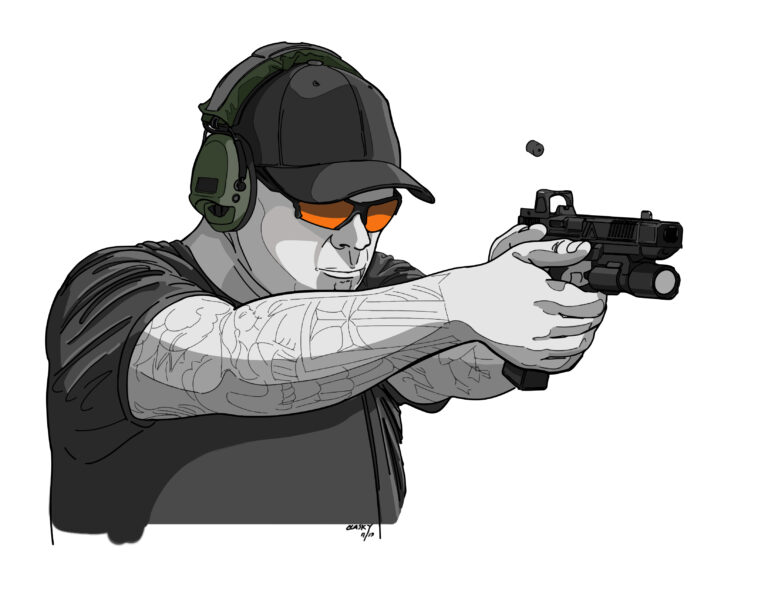
Shooting drills are an important part of formal training and an important part of practice. Whether for self-defense or competition, a drill establishes a goal, and goals are…
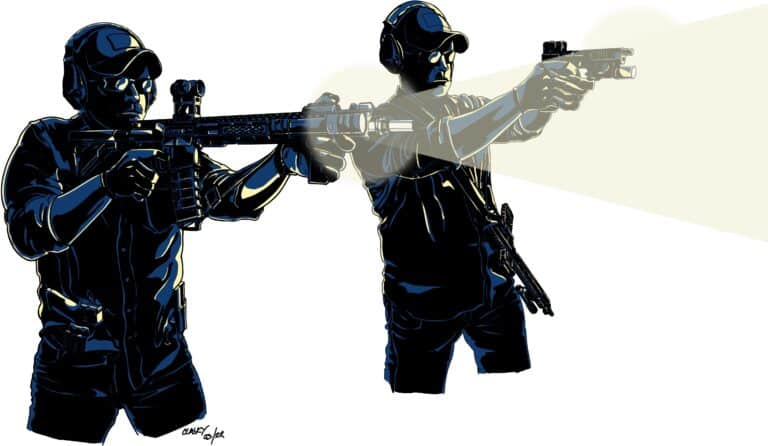
I designed the Button Man to give shooters a low-round-count, low-light-engagement drill that involved both carbine and handgun as well as lateral movement, weapons manipulation, and use of…
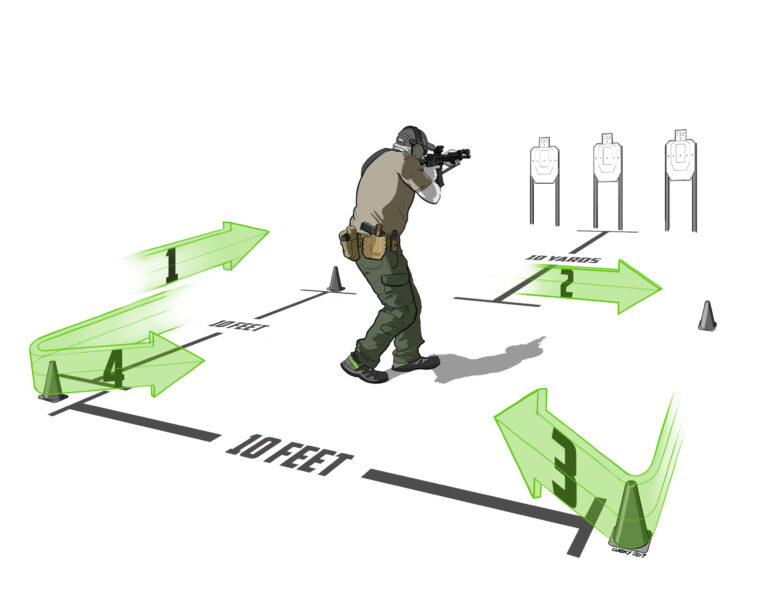
As anyone who runs a gun knows, shooting accurately and effectively on the move is a damned hard thing to do. Even professional warfighters and competitive shooters avoid…
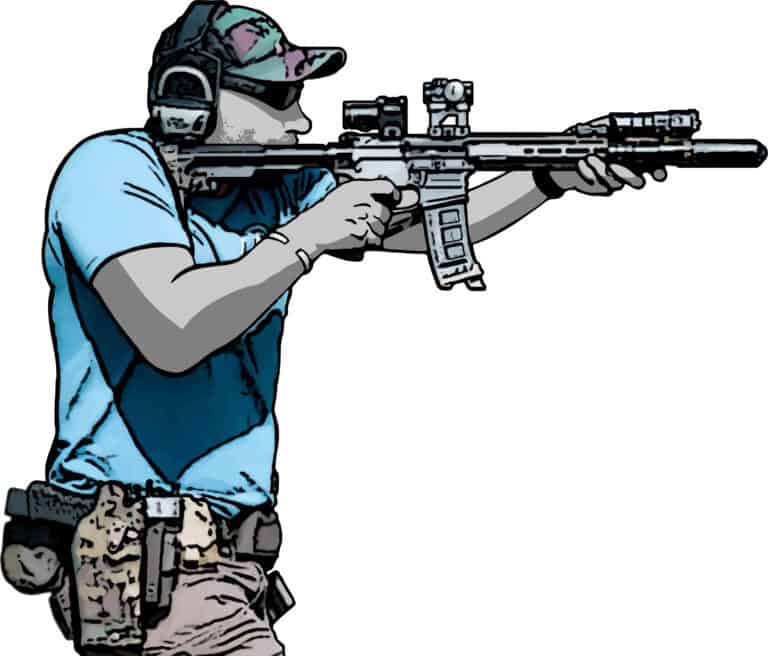
The V Exercise was created for those who would like a continuous moving-and-shooting exercise that can be scaled to a moving-and-transitioning exercise. It is intended to force more…
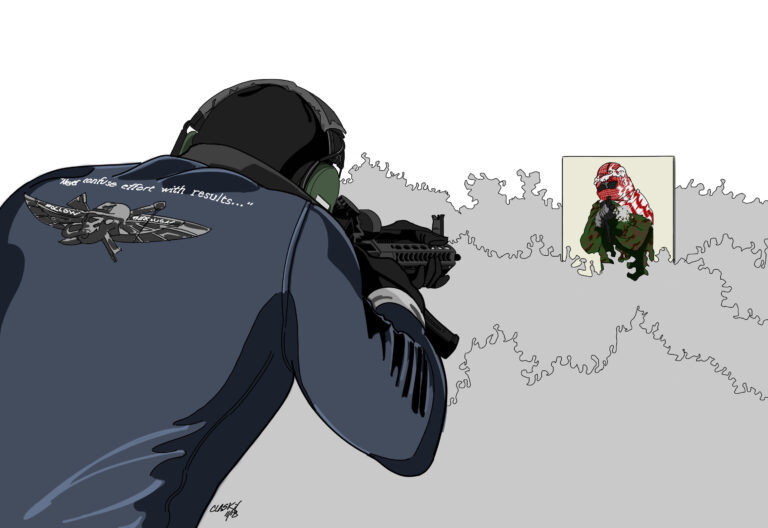
A key training objective I try to achieve when shooting is to always observe the effects of my bullet impacts on and around my target. I refer to…
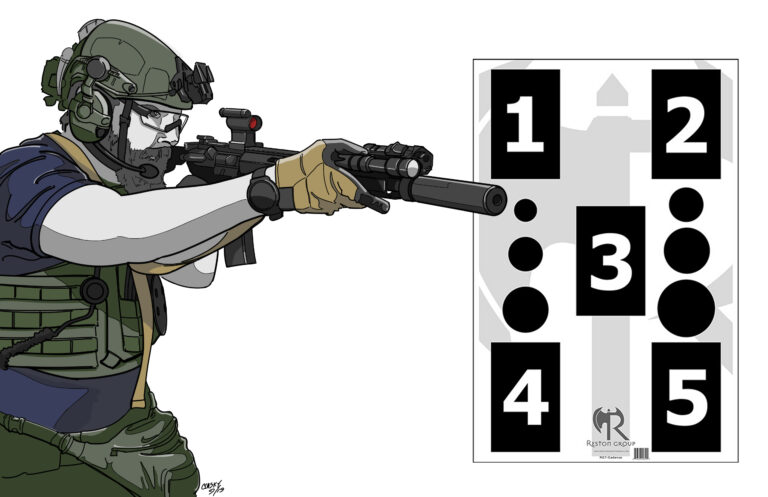
Text by Jared RestonIllustrations by Charles Lasky One of the core tenets of Reston Group has been to combine tactical training with the information gained from competition and…
© 2025 UN12 Magazine
© 2025 UN12 Magazine
Wait! Don’t forget to